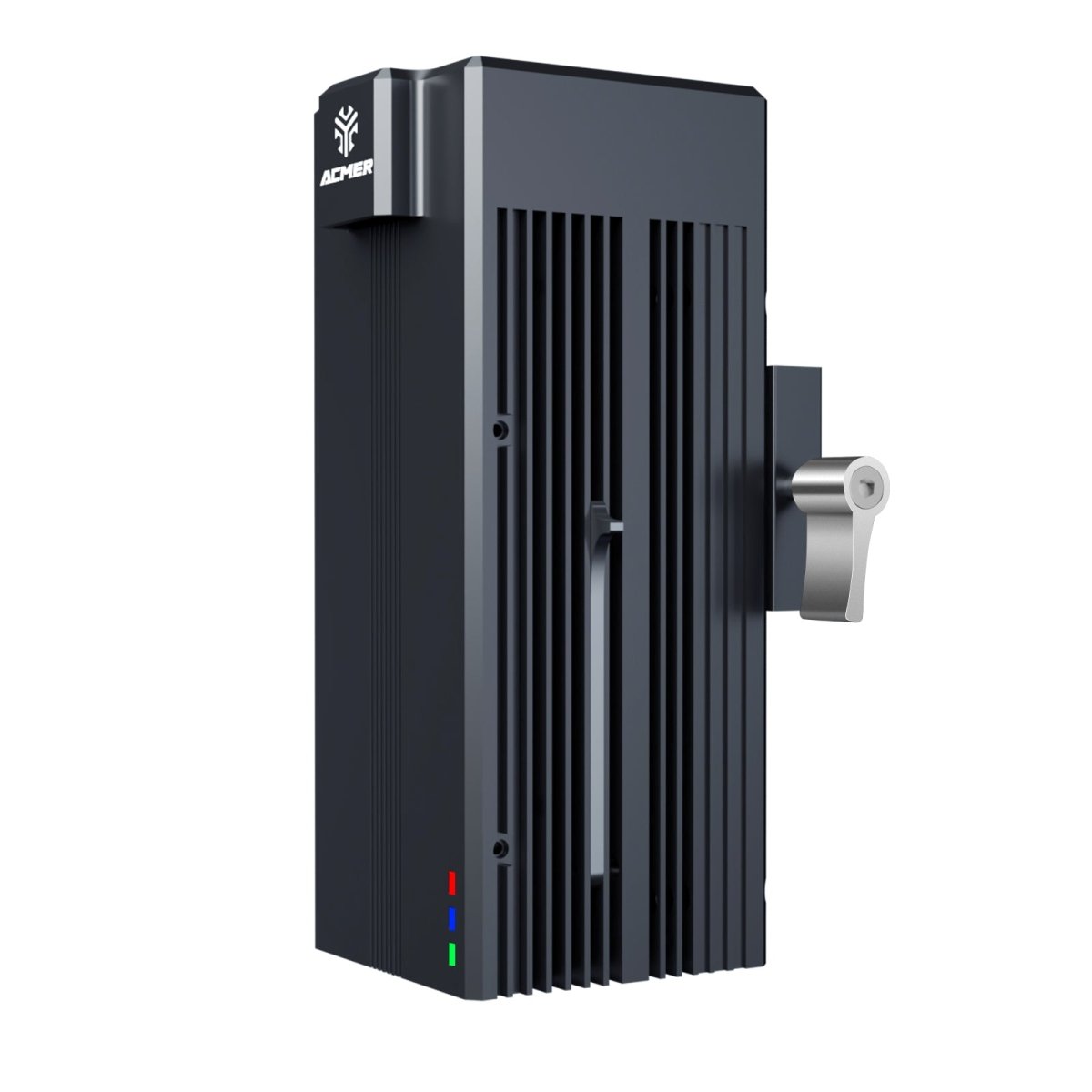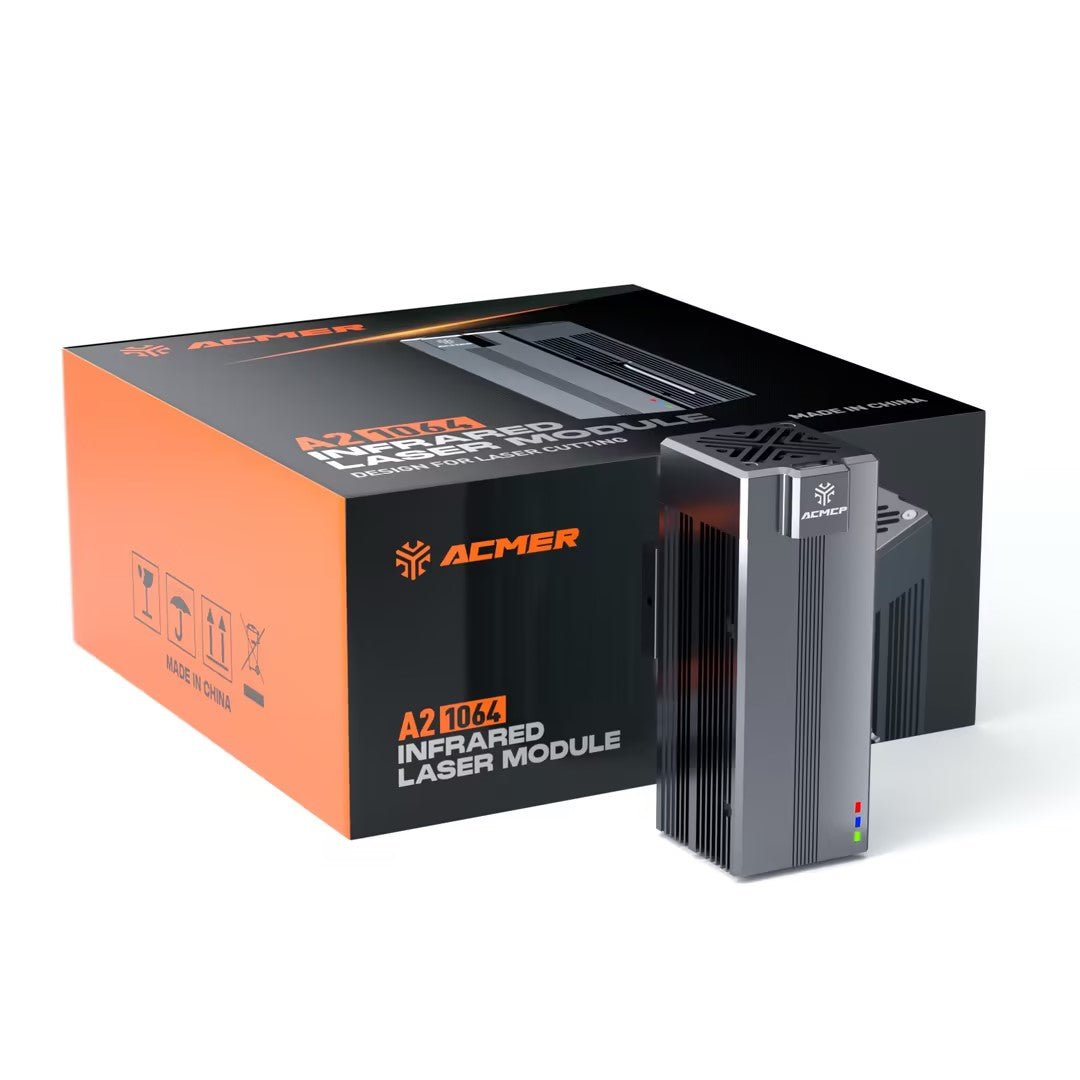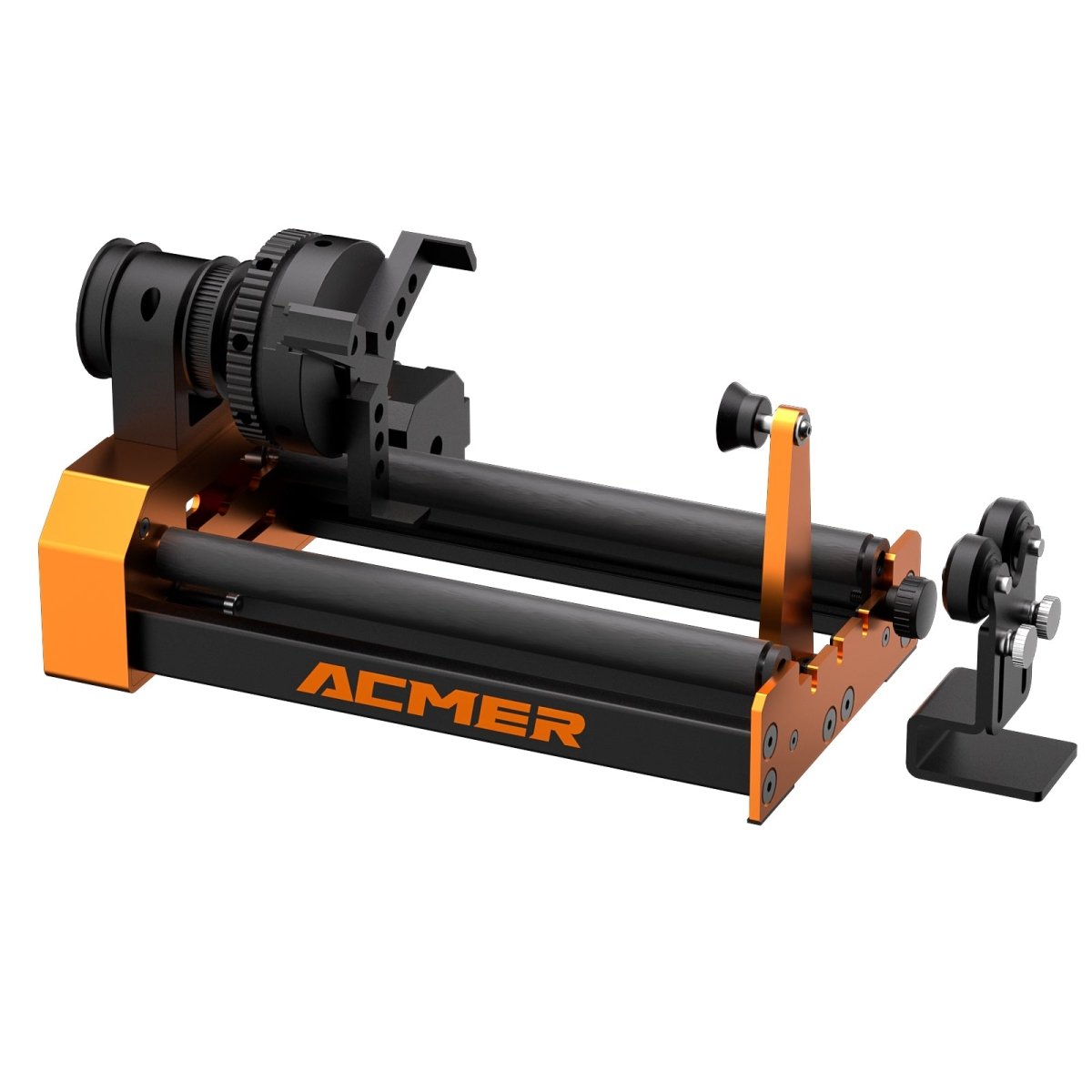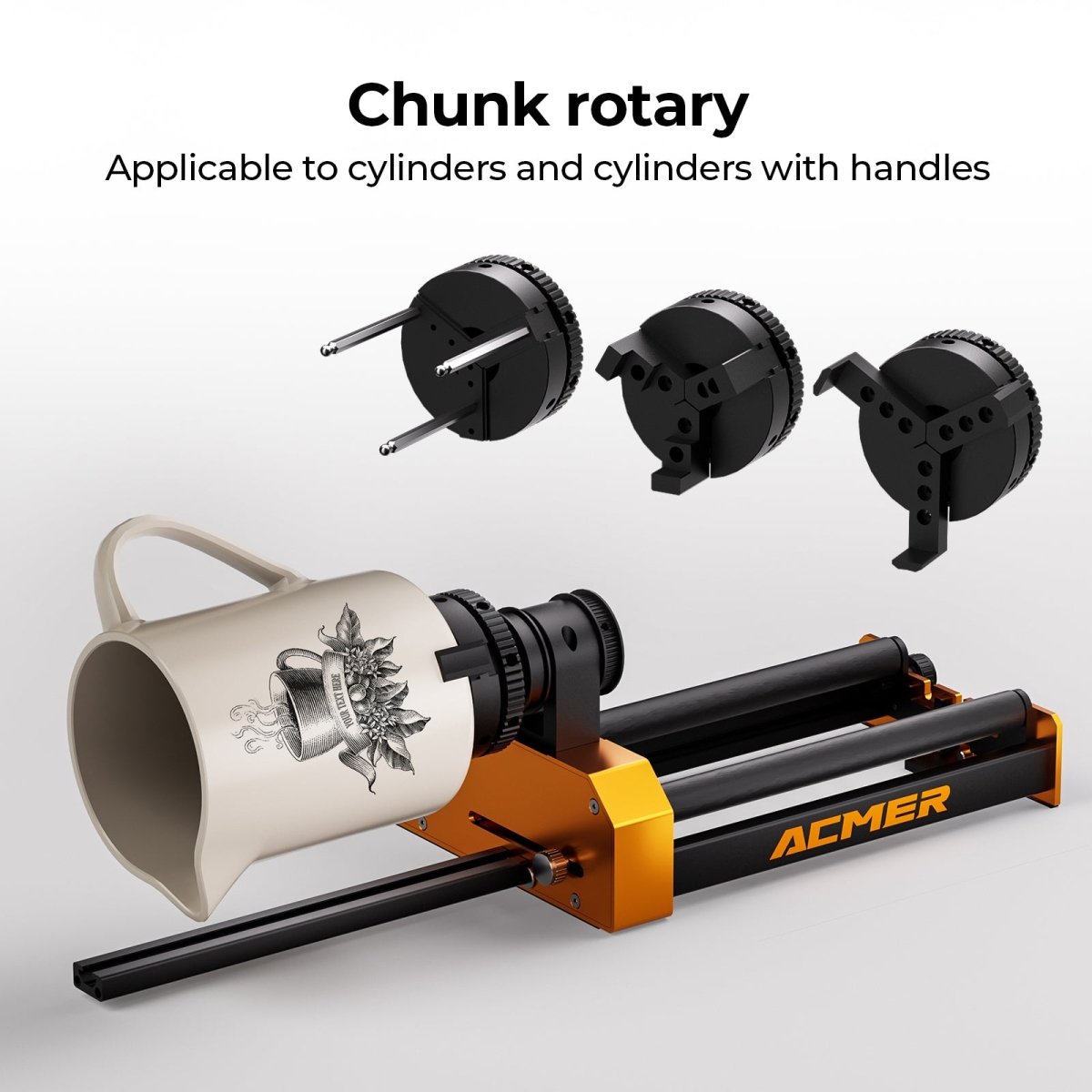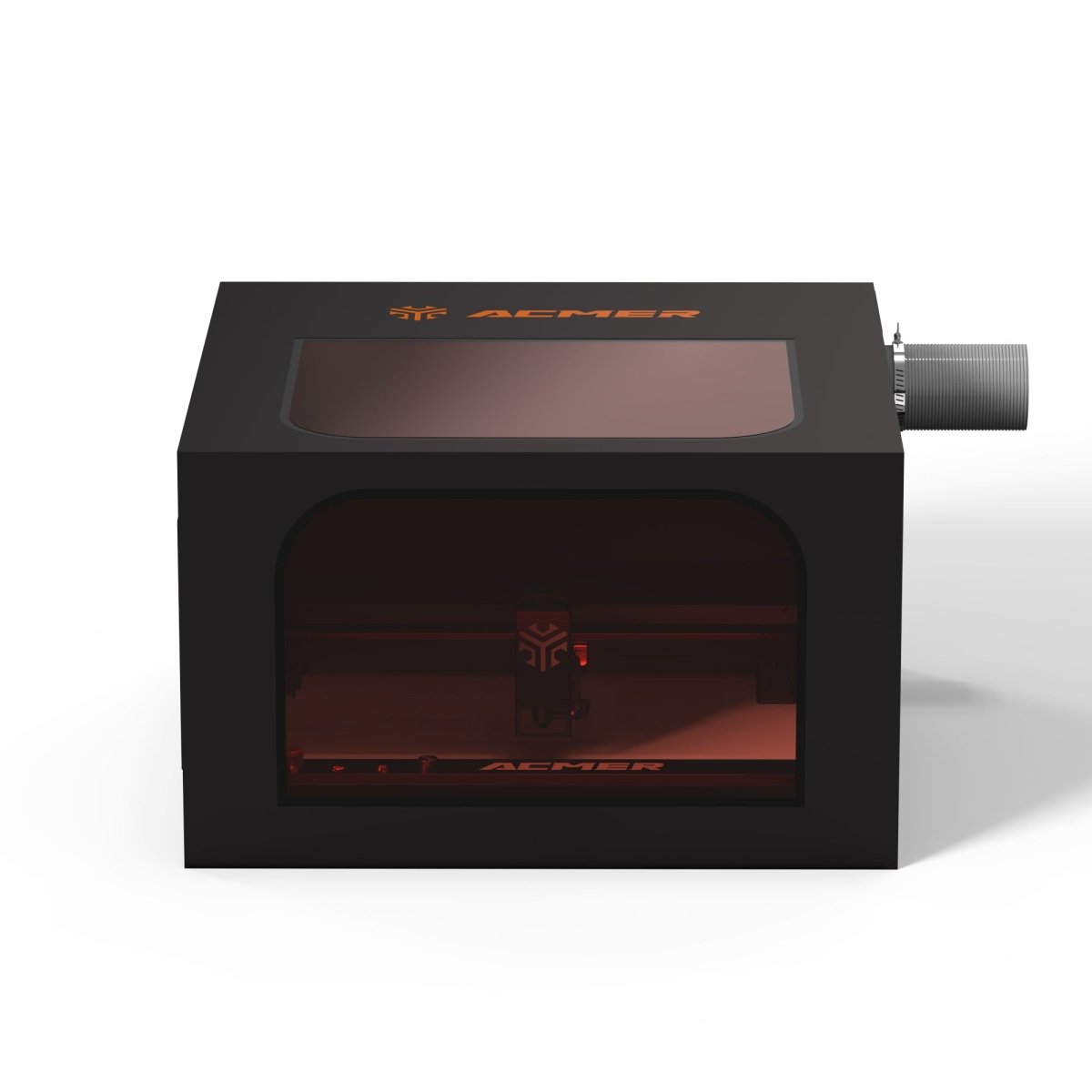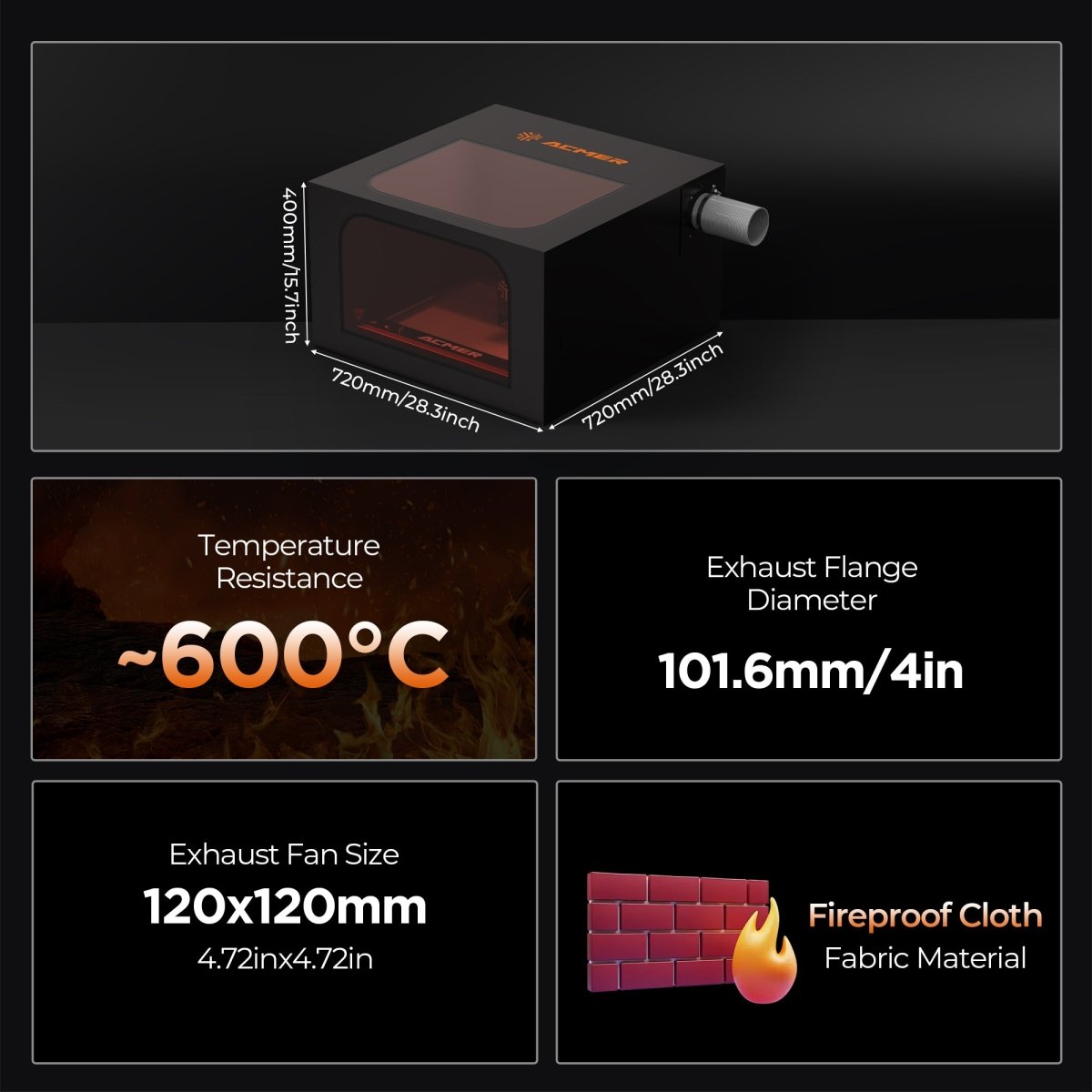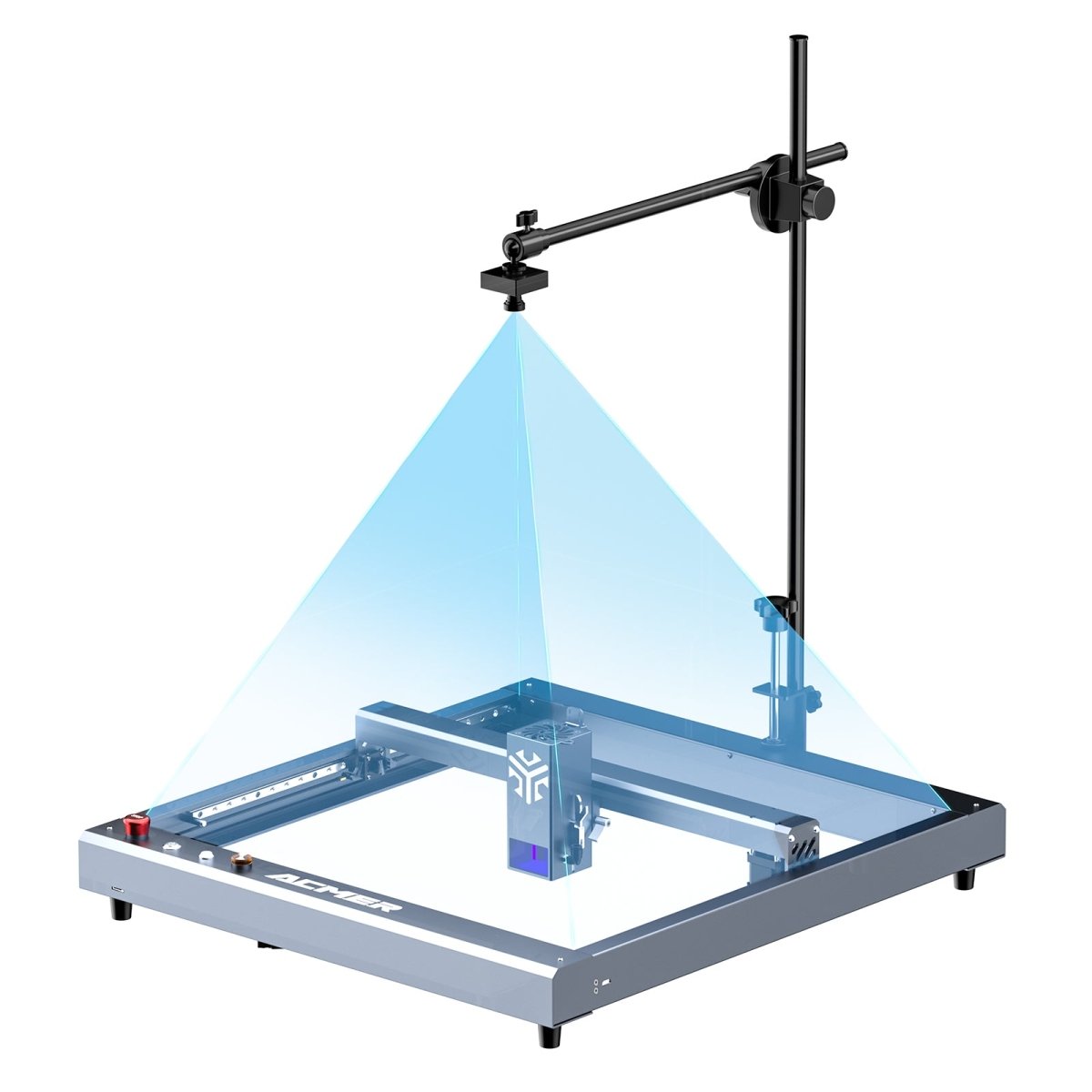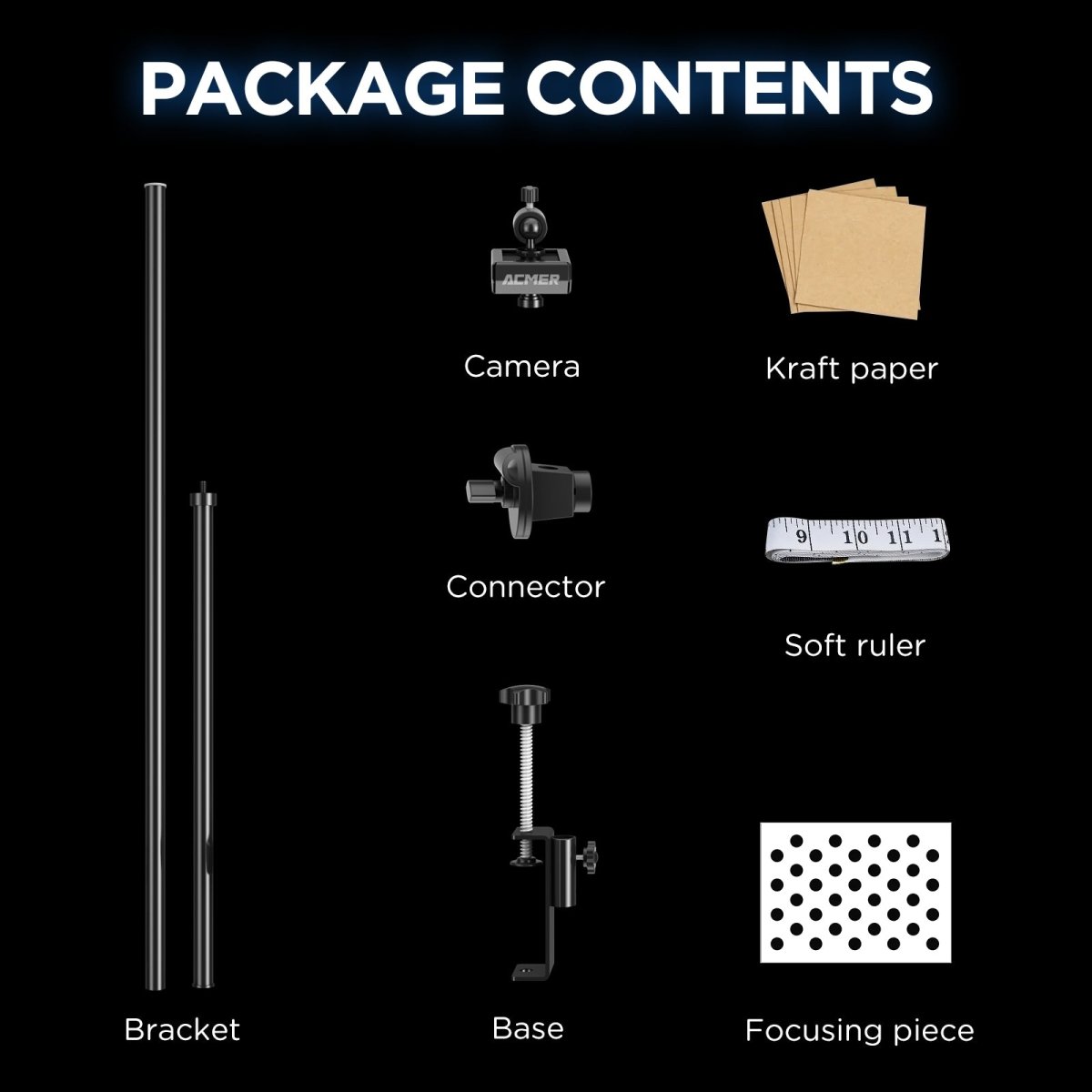Beginner's Guide to Materials for Laser Engraving and Cutting
IntroductionLaser engraving and cutting machines have revolutionized the world of crafting and fabrication, offering immense possibilities for creating intricate designs on various materials. As a beginner, it is crucial to understand the characteristics of different materials and their suitability for laser engraving and cutting. This comprehensive guide will provide you with in-depth information about commonly used materials, their engraving and cutting capabilities, as well as associated hazards.
1. Acrylic:

Acrylic is an excellent material for laser engraving and cutting due to its versatility and clean results. It comes in various colors and thicknesses, allowing for precise and detailed designs. However, it is important to note that acrylic should not be confused with polycarbonate (Lexan), as the latter can produce flames, emit soot, and damage the machine's optics.
2. Wood:

Wood, including plywood and solid wood, is a popular choice for laser engraving and cutting. It offers a natural and organic aesthetic, making it ideal for personalized items, signage, and decorative pieces. However, certain types of wood, such as treated or engineered woods, can release toxic fumes when exposed to laser cutting, posing health risks. It is essential to use untreated and natural wood materials for safe engraving and cutting.
3. Leather:

Leather provides a unique and elegant surface for laser engraving and cutting. It allows for intricate detailing and can be used for creating personalized accessories, custom leather goods, and intricate patterns. Ensure that the leather is genuine and free from synthetic coatings or harmful substances that could produce toxic fumes when subjected to laser cutting.
4. Paper and Cardboard:

Paper and cardboard are versatile materials suitable for laser cutting, making them useful for creating intricate paper crafts, custom invitations, and packaging prototypes. However, materials with sticky glue backing should be avoided as they can damage the machine's lens and compromise the quality of the cutting results. Opt for adhesive-free paper and cardboard for optimal performance.
5. Fabric:
Certain fabrics, such as cotton and linen, can be effectively engraved and cut with a laser machine. This allows for the creation of intricate designs on textiles, custom patches, and appliques. However, it is crucial to consider the flammability of fabrics and take appropriate precautions to prevent fires. Ensure proper ventilation and have fire safety measures in place when working with fabric materials.
6. Metals:

7. Hazardous Materials:
Certain materials pose significant hazards and should never be used with laser machines. These materials include PVC (Poly Vinyl Chloride), vinyl, ABS, HDPE, polystyrene foam, epoxy, fiberglass, and coated carbon fiber. They emit toxic fumes, catch fire easily, or release harmful substances when exposed to laser cutting. It is essential to prioritize safety and strictly avoid working with these hazardous materials.
Materials Prone to Hazards
| Material | Danger | Cause or Effect |
|---|---|---|
| PVC (Poly Vinyl Chloride) | Emits Chlorine Gas | Cutting this material will have severe consequences. It will not only ruin the optics but also cause the release of chlorine, leading to corrosion of the machine's metal and damaging the motion control system. |
| ABS | Melts / Cyanide | ABS plastic doesn't yield good results when cut using a laser cutter. Instead of vaporizing, it tends to melt, posing a higher risk of fire and leaving sticky residues on the vector cutting grid. Engraving ABS is also challenging as it tends to melt. Moreover, cutting ABS plastic releases hydrogen cyanide, which is hazardous at any concentration. |
| HDPE – Milk bottle plastic | Catches fire and melts | Due to its tendency to melt and catch fire, it is strongly advised not to use it. |
| PolyStyrene Foam | Catches fire | It has a high propensity to rapidly catch fire, burn quickly, melt, and is only suitable for cutting thin pieces. This material is notorious for causing laser fires! |
| PolyPropylene Foam | Catches fire | Similar to polystyrene, it exhibits melting and flammability properties. The melted droplets further continue to burn, transforming into solidified drips and pebbles. |
| Epoxy | burn / smoke | Epoxy, an aliphatic resin with highly cross-linked carbon chains, is not susceptible to cutting by a CO2 laser. Attempting to do so results in the generation of toxic fumes, similar to cyanide. Therefore, items coated or made of cast epoxy resins should not be used with a laser cutter (refer to fiberglass). |
| Fiberglass | Emits toxic fumes | It is a blend of two materials that are not suitable for cutting (although they can be etched). |
| Coated Carbon Fiber | Emits noxious fumes | This mixture comprises two materials, where thin carbon fiber mat can be cut with some fraying, but once coated, it becomes uncuttable. |
| Material with Sticky Glue Backing | Coats lens, cracks lens | Examples include cork tiles, thin wood laminates, acrylic tiles, and paper stickers. If these materials have a backing, never cut them in the laser cutter. The adhesive will vaporize, creating a coating on the lens that will obscure, heat, and potentially crack it. Removing the adhesive residue is more challenging than dealing with resin and poses a risk of damaging the lens, requiring a replacement. |
| Thick ( >1mm ) Polycarbonate Lexan | Cuts very poorly, discolors, catches fire | Polycarbonate is commonly found in the form of flat, sheet material. The window of the laser cutter is made of polycarbonate due to its strong absorption of infrared radiation. However, this is the same frequency of light used by the laser cutter to cut materials, making it highly ineffective at cutting polycarbonate. Therefore, polycarbonate is not a suitable choice for laser cutting. It produces long, stringy clouds of soot that float up, damaging the optics and causing issues with the machine. |
| Other materials | Before engaging in engraving or cutting, it is important to exercise caution regarding the safety of the materials involved. It is highly recommended to conduct thorough research on the materials by utilizing Google search to ensure a comprehensive understanding of their properties and potential hazards. |
Conclusion
As a beginner in the world of laser engraving and cutting, understanding the characteristics and suitability of different materials is crucial. Acrylic, wood, leather, paper, cardboard, and fabric offer a wide range of possibilities for creating unique and personalized designs. However, it is equally important to be aware of the hazards associated with certain materials and avoid working with them to ensure the safety of both the machine and the operator. Always refer to material guidelines, conduct tests when necessary, and prioritize safety measures when working with a laser engraving and cutting machine.
Avoid using hazardous materials for engraving. Choose materials that are suitable for laser engraving and avoid those that emit harmful gases, smoke, or pose a fire hazard.
Operate the laser engraving machine in a well-ventilated area to ensure proper air circulation. Open windows or use an exhaust system to vent out smoke and harmful fumes, reducing the impact on your respiratory system.
Consider installing a protective enclosure to create a closed working environment. This will isolate potential pollutants within the enclosure, preventing contamination of other areas. Ensure the enclosure has good sealing to prevent the escape of hazardous substances.
Always wear laser safety goggles when operating the laser engraving machine. These goggles effectively filter and absorb laser radiation, protecting your eyes from laser-related injuries. Choose appropriate goggles for the specific laser type being used and ensure they are in proper working condition.
Use child safety locks and keep the laser engraving machine out of reach of children. Laser engraving machines are highly hazardous devices, and precautions must be taken to prevent children from accessing them and potential harm.
In summary, by following these guidelines and recommendations, you can minimize risks during laser engraving operations, ensuring both your health and safety.


